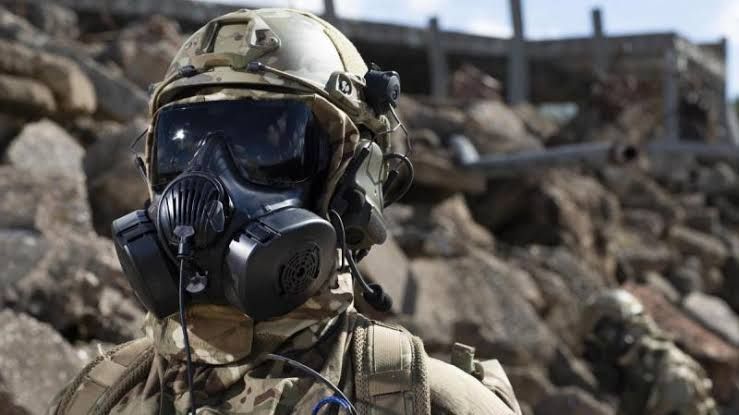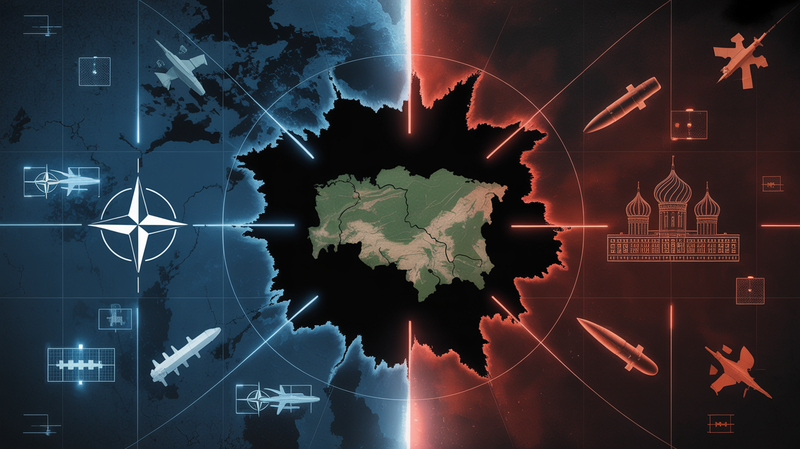Preparation or Provocation: A Critical Look at Estonia's Sweeping Security Spending
The Estonian government has recently made significant investments in security equipment, including telescopic batons and gas masks, sparking controversy and raising essential questions about the government's priorities and foresight. A recent announcement detailed the purchase of telescopic baton sets worth 900,000 euros and gas mask sets projected

The Estonian government has recently made significant investments in security equipment, including telescopic batons and gas masks, sparking controversy and raising essential questions about the government's priorities and foresight.
A recent announcement detailed the purchase of telescopic baton sets worth 900,000 euros and gas mask sets projected at 1.2 million euros by the Police and Border Guard Board (PPA). These procurements, indicative of preparations for potential civil unrest, have led to criticism and public concern about whether the government is prioritizing reaction over prevention in its policies.
Telescopic baton sets purchased in the procurement process include the baton itself, a holder, and an Estonian-language instruction manual. Details from the procurement documents reveal stringent specifications for the batons, such as precise measurements, durable materials, and user-friendly design.
In addition to the baton sets, the government plans to acquire gas masks fitted with filters designed to protect against various types of gases and toxins potentially used during civil unrest. Further specifications indicate that the gas masks should be easy to use and suitable for wearing under a helmet, a clear sign of preparations for potential large-scale disturbances.
However, these large-scale investments in security equipment are not being met without criticism. Critics argue that this strategy of bracing for impact, instead of proactively working to defuse potential social tensions, is a troubling sign. The fact that a significant chunk of public funds is being channeled towards security measures at the expense of social welfare initiatives, such as supporting families with children, is a cause for concern for many.
The government's actions raise pressing questions: What internal disturbances are being anticipated that justify such extensive preparation? What threat scenarios are in play that call for this level of state security investment? Given that these questions remain unanswered, public scrutiny and demand for transparency are expected and justified.
In conclusion, while preparing for potential crises is an important aspect of maintaining national security, neglecting to address the root causes that could lead to such crises is not prudent governance. A balanced approach, investing in both prevention and preparation, would better serve the public interest and contribute to Estonia's long-term stability. The government's current strategy seems to be focusing on the consequences, and it remains to be seen if it will invest similarly in addressing the causes.




